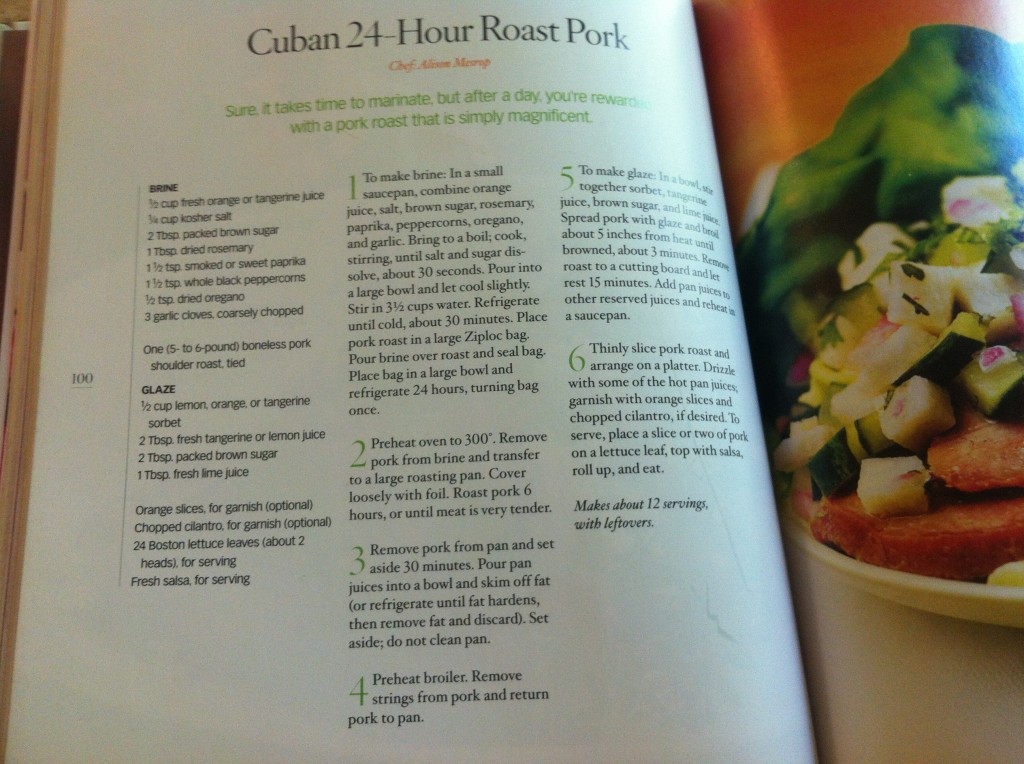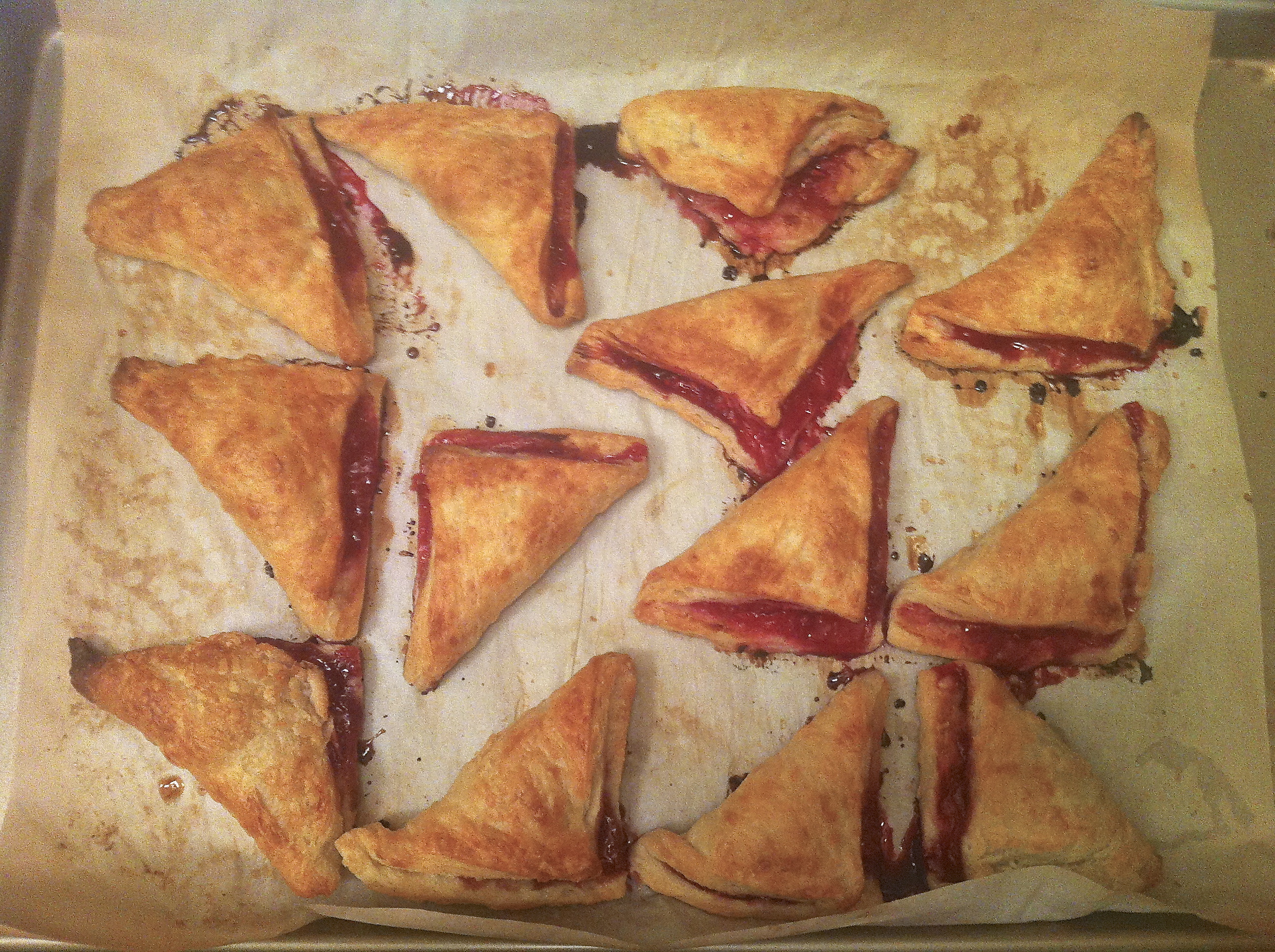As lots of you have heard me say before, I started cooking as a teenager, when I was vegetarian–and for that reason, I didn’t cook meat for years. It was almost two years after I started eating meat again, in fact, before I felt comfortable cooking with it. I remember my first* meat dishes: a jambalaya with three kinds of meat for mardi gras, and a harissa and yogurt baked chicken dish shortly thereafter. I remember being really worried about “browning” the meat for jambalaya — how brown is brown enough? how brown is too brown? — and feeling pretty grossed out at having to deal with raw chicken breasts. I’ve definitely come a long way since then.
*Not quite true: I do have fond memories of making pastitsio as a kid. That was probably my favorite food growing up.
And yet, somehow it took me until last week to discover the amazing potential of citrus + meat. I’m late to this game, but I’m catching up.

First, we bought some lamb shanks from a local farm. I wanted to make an Indian lamb curry, which we’ve been having great success with lately, but my brother suggested I try a recipe for braised lamb shanks from the River Cottage Meat Book, and I’m so glad I did. The recipe for these citrus-braised lamb shanks is posted here, on Serious Eats, and it’s definitely worth checking out. I made a few tweaks–subbed crushed tomatoes for tomato paste, subbed rosemary for thyme, subbed parsnips for celery–and it turned out deliciously.


Pulling these out of the oven after 2-1/2 hours, the gravy already tasted delicious. But the book suggested adding some reserved orange/lemon juice to perk it up, and that really made the difference. After cooking so long, the strong citrus flavor was seriously diminished, and adding just a tablespoon or so more juice brightened up the sauce and made it something special.

Then, later in the week, we had planned a Cuban-style pork roast. This called for brining the cut of pork for 24 hours in a citrus-y mix of herbs, spices and juices. I followed a recipe from the Oprah Magazine Cookbook, which I checked out from our library after flipping through and seeing this recipe.

The brine was made by combining sea salt, brown sugar, fresh-squeezed orange juice, crushed garlic, paprika, black pepper, rosemary and oregano. By far the most important thing I learned cooking this roast is the amazing power of fresh orange juice + paprika. Not a combination I would’ve come up with on my own, but bam! Those flavors are perfect together.

Once you bring the brine to a boil and cook briefly to dissolve the sugar and salt, you let it cool, then add water to dilute. Pour the brine into a freezer bag with the cut of pork, then let it sit in a bowl in the fridge for 24 hours, turning the cut of meat over once.
The recipe calls for cooking a 5-6 lb. roast for 6 hours, but I found my 2-lb. roast only needed 2-3 hours to be falling-apart-perfect. I used blood orange sorbet for the glaze, which was tasty. I also made an awesome salsa to serve with it, and then got so caught up in the excitement of the broiled, glazed meat, that I completely forgot the salsa (and the cilantro for garnishing). Whoops.

So now that I know, I’ve obviously got a lot of lemon-squeezing (and, worse, zesting… my least-favorite task) in my future. Any other great meat + citrus combinations I should try? Recipe suggestions? Pass them along.


Leave a Reply